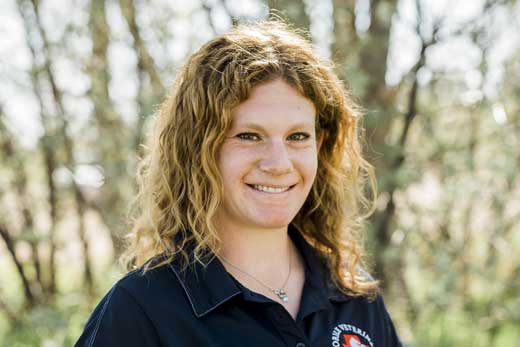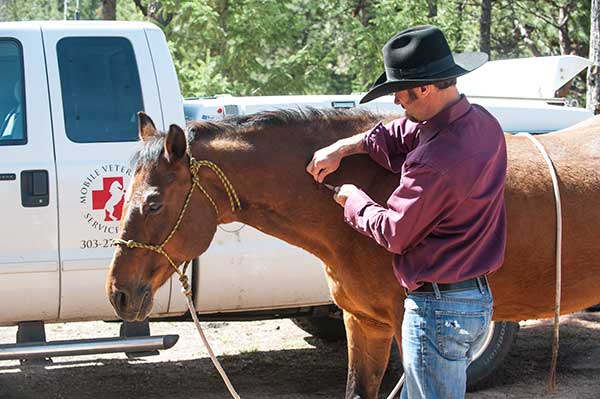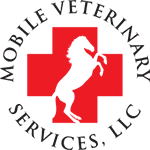 While most of you were hunkered down during the frigid week of February 8-15, I was warm and hard at work in Honduras. During this time, I was fortunate enough to have been selected for a volunteer veterinary trip with the Equitarian Initiative. Originally scheduled...
While most of you were hunkered down during the frigid week of February 8-15, I was warm and hard at work in Honduras. During this time, I was fortunate enough to have been selected for a volunteer veterinary trip with the Equitarian Initiative. Originally scheduled...
 As a horse owner, have you taken responsibility for your horse’s ability to handle potentially stressful situations? Are you prepared for the inevitable emergency situation? Taking the time to evaluate you and your horse’s ability to handle these situations BEFORE...
As a horse owner, have you taken responsibility for your horse’s ability to handle potentially stressful situations? Are you prepared for the inevitable emergency situation? Taking the time to evaluate you and your horse’s ability to handle these situations BEFORE...
 Skin tumors in horses are not uncommon. While a tissue biopsy is the definitive way to identify the tumor type, location and appearance can offer clues for identification. Sarcoids Sarcoids are the most common skin tumor in horses and can be separated into different...
Skin tumors in horses are not uncommon. While a tissue biopsy is the definitive way to identify the tumor type, location and appearance can offer clues for identification. Sarcoids Sarcoids are the most common skin tumor in horses and can be separated into different...
 Most horse people are familiar with the dreaded “s- word”: strangles. But if there is a strangles vaccine available, why isn’t vaccination essential for all horses, like the rabies vaccine? What is strangles? Equine strangles is caused by infection with the bacteria...
Most horse people are familiar with the dreaded “s- word”: strangles. But if there is a strangles vaccine available, why isn’t vaccination essential for all horses, like the rabies vaccine? What is strangles? Equine strangles is caused by infection with the bacteria...
 Most horse owners are comfortable treating minor** scrapes and wounds on our ever-accident prone horses. But the myriad of available topical products can be overwhelming – what is best to use and when? **As always, if you have ANY concern over the depth of the...
Most horse owners are comfortable treating minor** scrapes and wounds on our ever-accident prone horses. But the myriad of available topical products can be overwhelming – what is best to use and when? **As always, if you have ANY concern over the depth of the...








